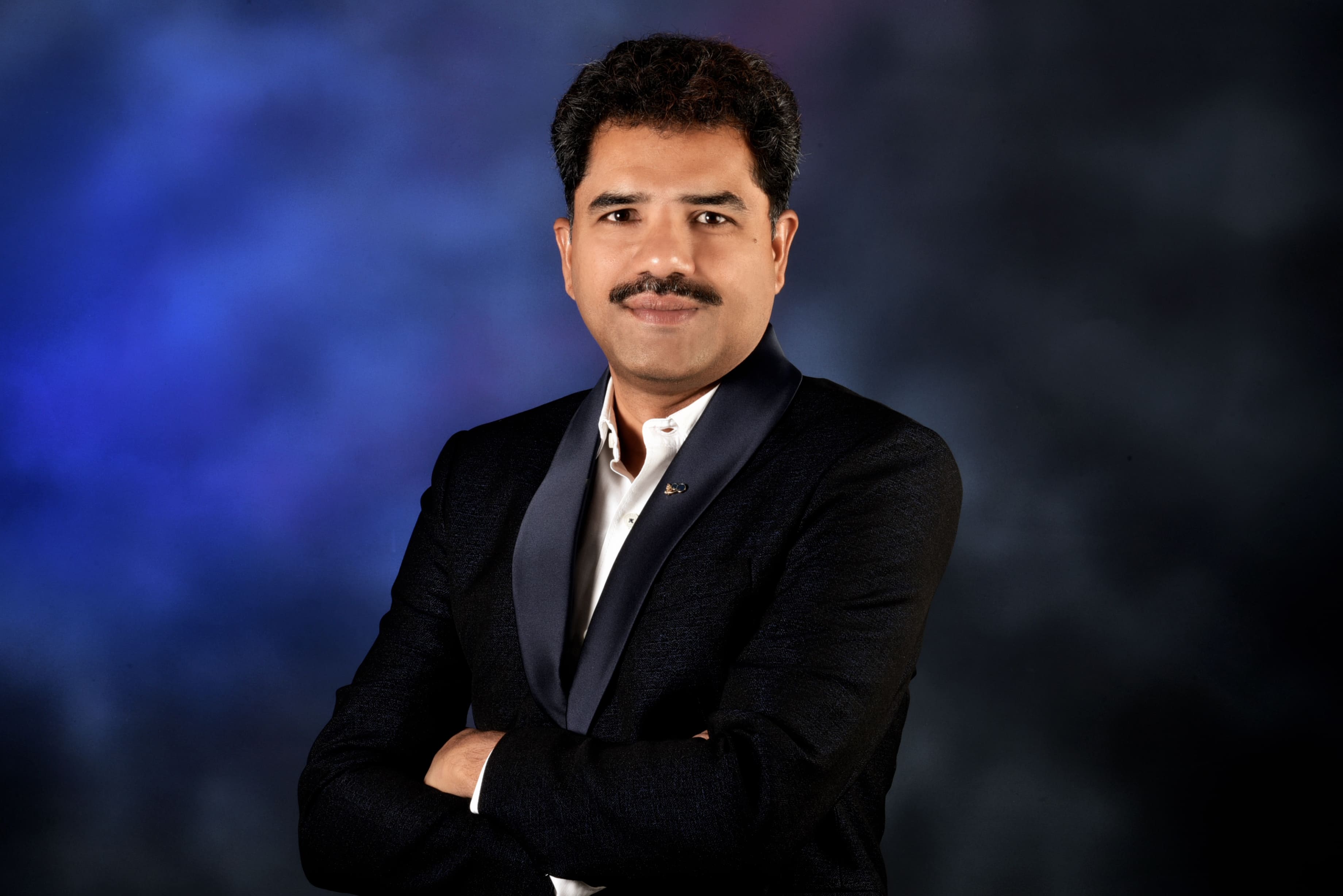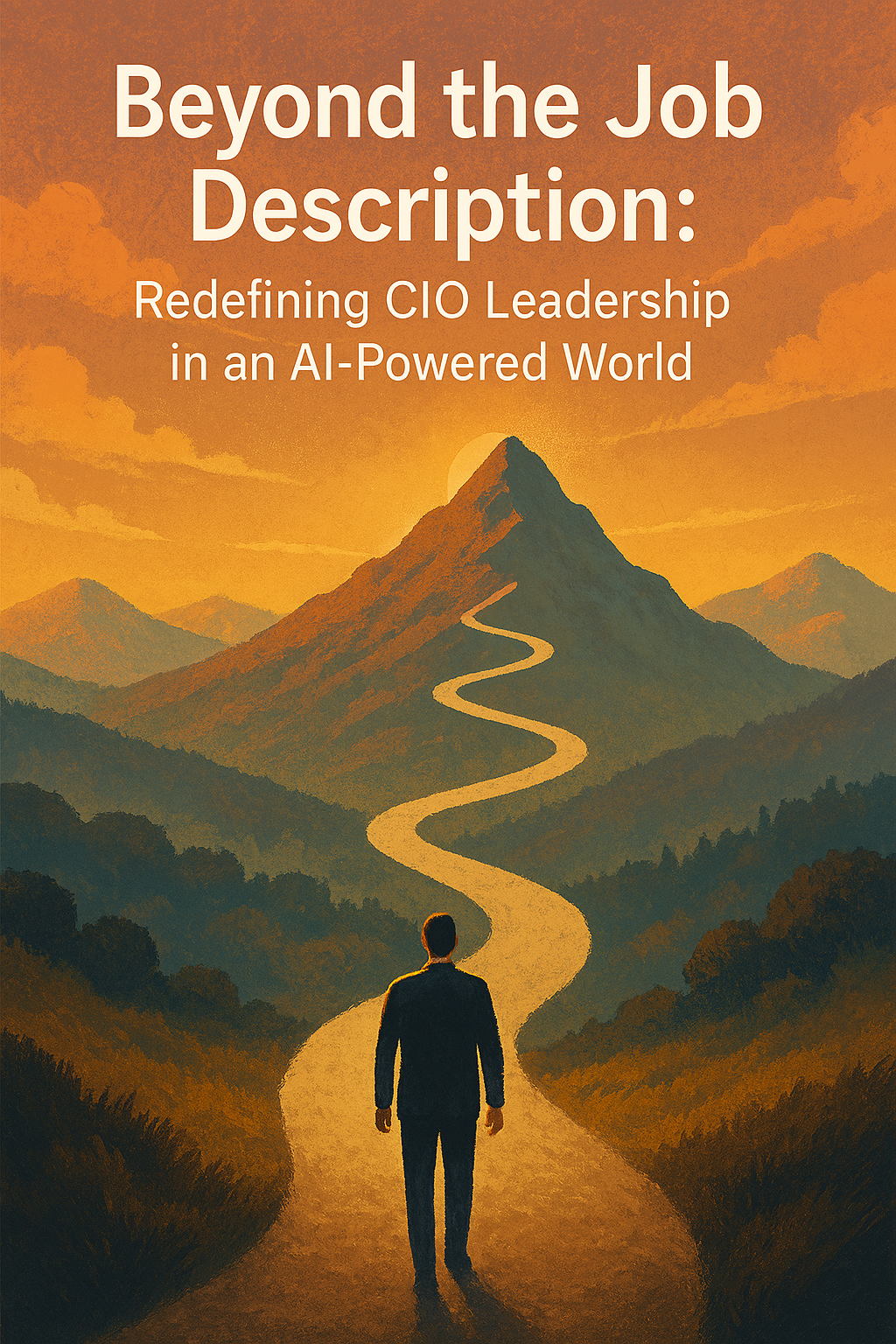The Great Recalibration of the CIO Role
The modern CIO is no longer just a custodian of infrastructure or an overseer of back-office applications. Today, the role demands transformation at the enterprise level, tightly intertwined with business vision and customer experience. As technology becomes the bloodstream of every function, CIOs are expected to be architects of innovation, not just IT enablers.
This recalibration isn't incremental—it's a stair-step shift in what it means to lead technology. The CIO chair now extends to the boardroom, influencing product strategy, revenue models, sustainability goals, and even culture. In a world where every business is becoming a tech business, CIOs are no longer support act; they're headliners.
From Problem-Solving to Vision-Casting
In the past, a great CIO was defined by operational efficiency: uptime, ticket closure rates, cost savings. Today, that bar is table stakes. What's emerging is the need for visionary leadership—someone who doesn't just fix problems, but imagines new possibilities.
The post-pandemic world has shown how technology can reinvent business models overnight. Strategic foresight, scenario planning, and the ability to cast a compelling future narrative are now part of the CIO toolkit. It’s no longer enough to ask, “How do we scale this system?” Today’s CIO must ask, “What future should we be building?”
Self-Awareness as a Leadership Superpower
Among the most underrated yet powerful traits of modern CIOs is self-awareness. It’s not the softest skill—it’s the sharpest. Leaders who understand their blind spots, who reflect on their decisions, and who seek feedback proactively are the ones who evolve fastest. In high-velocity environments, what separates resilient leaders from reactive ones is the ability to course-correct without ego.
When the strategy isn’t landing, when the team is disengaged, when progress stalls—the best CIOs ask, “What part did I play in this?” They choose introspection over deflection. It’s what builds trust and credibility.
Strategic Communication is Not a Buzzword
If agility is the muscle, strategic communication is the nervous system of change. One of the gravest mistakes in transformation initiatives is underestimating the power of clear, concise, and repeatable messaging. People don't resist change; they resist confusion. Effective CIOs don’t just broadcast strategies—they translate them.
They narrate the "why" behind the "what," clarify tradeoffs, set realistic expectations, and constantly connect initiatives to business outcomes. In a sea of Slack messages, project dashboards, and town halls, it is the CIO's authentic, grounded voice that must cut through the noise.
Agility Over Rigidity in the AI Era
As AI, automation, and cloud-native architectures disrupt every domain, CIOs must embrace agility not just as a methodology but as a mindset. The age of 5-year roadmaps is over.
The modern leader thrives in ambiguity, pivoting strategies in real time while maintaining clarity of direction. Whether it's responding to an LLM breakthrough, a cybersecurity breach, or a new regulatory mandate, CIOs who can shift gears without stalling progress are the ones who future-proof the enterprise. Agility isn’t just about speed; it’s about resilience, responsiveness, and relevance.
Cultivating the Human Core of Tech Leadership
AI won’t replace humans, but leaders who ignore the human side of technology will replace themselves. Emotional intelligence, team elevation, humility, and inclusive leadership are no longer optional. The best CIOs elevate their teams by sharing the stage, giving credit, and building leaders at every layer.
They lead with transparency, show up authentically, and cultivate psychological safety. They don’t hoard visibility; they democratize it. This is especially critical in hybrid work environments where connection isn’t incidental but intentional. The future of tech leadership is not just digital—it’s deeply human.
The Risk of Over-Planning and Under-Experiencing
One of the most common traps for emerging leaders is over-engineering their career path—ticking off certifications, chasing job titles, drawing narrow maps. But the most transformative leaders are those who remain open to the road less traveled. They embrace unexpected opportunities, explore adjacent domains, and evolve from experiences—not just goals.
The future CIO won’t be defined by how perfectly they followed a plan, but how courageously they adapted it. Wisdom is a compound of learning and living. Every unexpected detour is a classroom.
From Tech Executor to Enterprise Orchestrator
The CIO of the future is not a technology executor. They are the orchestrator of enterprise momentum. That means aligning cross-functional teams, shaping digital culture, driving innovation portfolios, and preparing the organization for an AI-first world. It means balancing disruption with governance, urgency with sustainability, innovation with inclusion.
The CIO’s mandate is no longer to just manage technology—it’s to unlock human potential through technology. That’s a very different job. And it’s one that demands the courage to evolve, the humility to listen, and the boldness to lead.

